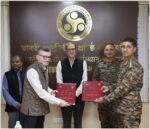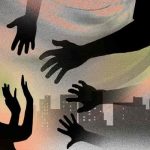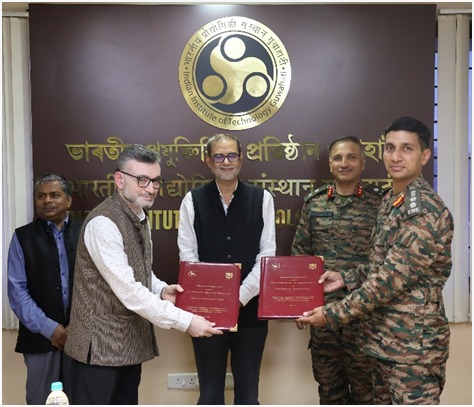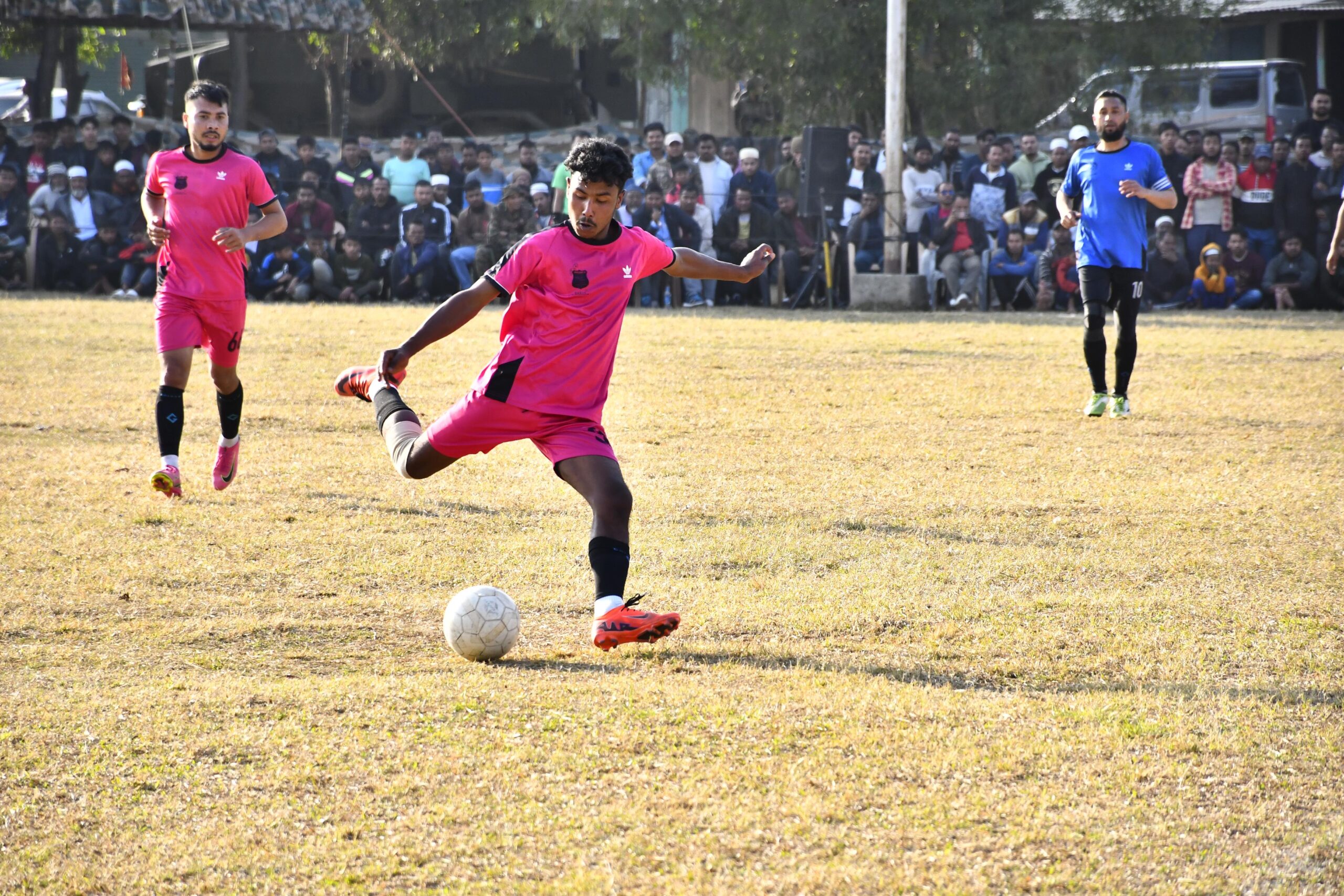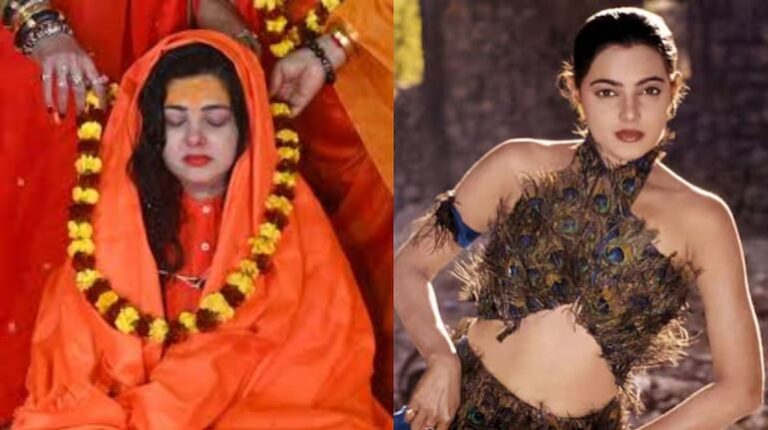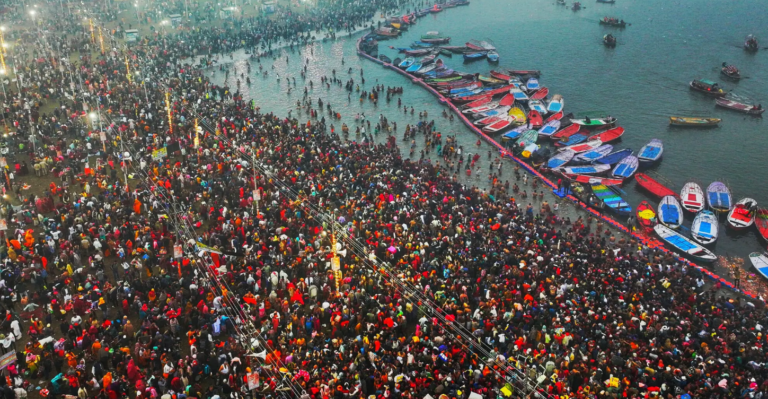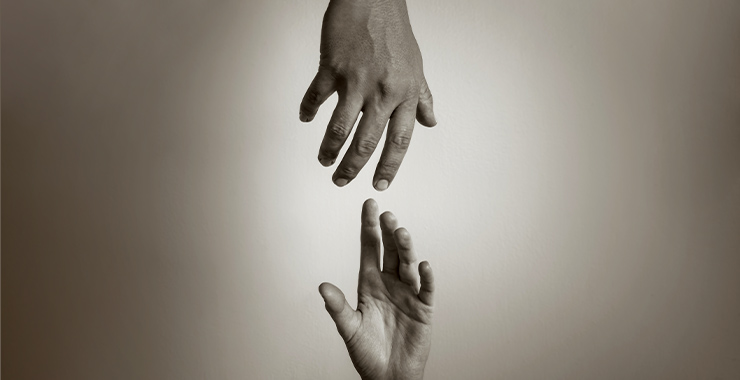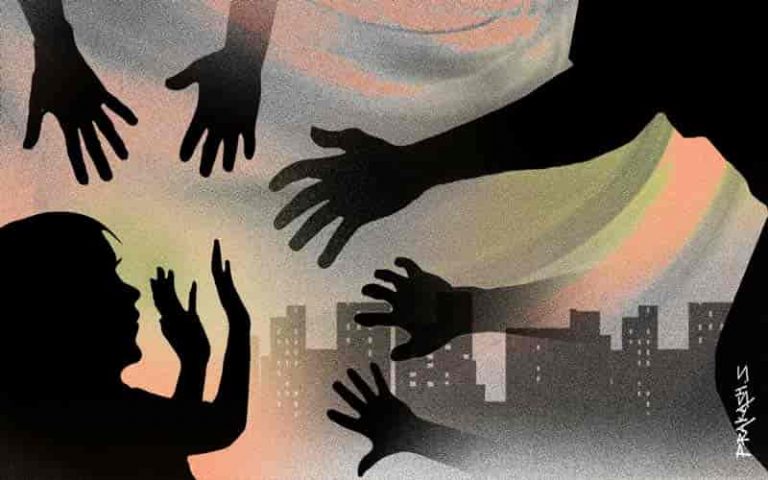“Nothing is impossible for women,” 34-year-old Sunija Prasad says, as she sits in her barracks following a gruelling training session at a police camp in the north Indian city of Meerut.
Prasad is an inspector with the Rapid Action Force (RAF), a specialised wing of the paramilitary Central Reserve Police Force of India, which deals with riot and crowd control situations.
Before speaking with DW, she had spent the entire morning with 20 other female soldiers, crawling through trenches, climbing ropes, jumping over fires carrying a 5.56 MM INSAS rifle, and participating in an extensive simulation of mob control.
The women were training to be a part of a United Nations Peacekeeping mission.
“Women can be excellent peacekeepers. We can strengthen societies and make other women aware of the fact that they can do anything,” Prasad, who is training for her second peacekeeping mission, tells DW.
“We are showing them courage. We are showing them strength. By seeing our appearance, I hope they get inspired,” she adds.
For more than a decade, the United Nations has called for more participation from women in conflict prevention, post-conflict peacebuilding and peacekeeping.
In January this year, at the United Nations Security Council, Indian officials called for more female participation in public life and the elimination of violence against them as a prerequisite for promoting lasting peace around the world.
For the first time in the history of UN peacekeeping, India sent an all-female Formed Police Unit (FPU) to be deployed in Liberia in 2007 after a civil war ravaged the African nation.
Women peacekeepers make missions more effective
The United Nations has said that with more women being a part of peacekeeping missions, the operations have become more effective.
According to the UN, of around 95,000 peacekeepers in 2020, women comprised 4.8% of military contingents and 10.9% of formed police units.
Meanwhile, around 34% of personnel in peacekeeping missions were women.
“Women’s presence in these missions itself makes a difference. There are some cultures where female victims are not allowed to speak to men. In that particular scenario, if you have women peacekeepers, it becomes easier for the authorities to communicate with them,” Seema Dhundia, a deputy inspector-general at the RAF, who commanded the first-ever all-female FPU in Liberia in 2007, tells DW.
Dhundia stresses that in conflict-ridden areas, a sizable number of victims are women and children. She believes that women are good communicators and can establish a good communication channel with victims of conflict, building trust and confidence.
“They are trained and sensitised. They are aware of the trauma that women and children have undergone. They can relate to them and because they are better communicators compared to their male counterparts, they can go deep into the societies, communities and make contact with victims,” she says.
Inspector Prasad, who also went to Liberia in 2015, said that during her mission, the women peacekeepers motivated Liberian women to go to work without fear and participate in public life. They also encouraged children to go to school.
“Our mission made so much impact that they now live without fear. I loved being a part of the community outreach. We could listen to people’s problems directly, involve them and also help them,” Prasad says.



